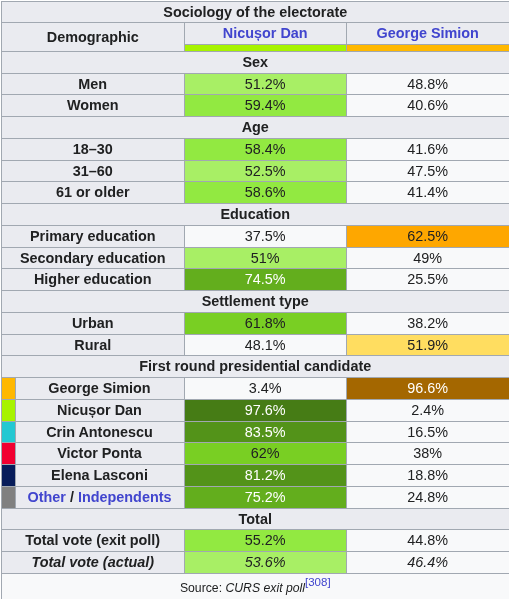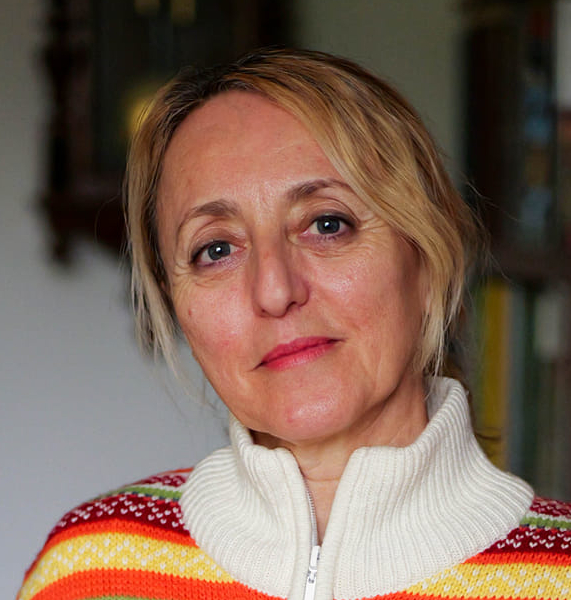In the first round, candidate George Simion secured 40.96% of the vote and appeared to be the clear favorite, while Nicușor Dan, the pro-European independent, came in second with just 20.99%. Two weeks later, the picture changed radically: on May 18, Nicușor Dan won the election, and the result was fiercely contested. The question gripping the public is: who tipped the scales, and how was it possible?
The Youth and the Elderly – The Vote of Rational Emotion
The answer lies in detailed sociological analyses. “We’re seeing an unexpected configuration: young people under 30 with higher education, as well as individuals over 60, voted for Nicușor Dan in numbers above the national average,” explains sociologist Ioan Hosu, professor at Babeș-Bolyai University in Cluj.
This seemingly paradoxical intergenerational alliance was driven by a shared choice: liberal democracy. “In other words, grandparents and their grandchildren chose together the path of dignity, reason, and Western-style democracy,” Hosu says.
The aspirations of the younger generation were especially evident in university towns, where voters were drawn to a message that rejected isolation and hatred, instead emphasizing tolerance and empathy. “Another variable that must be considered is the type of locality. Those living in large cities, particularly university centers, moved in the same direction – a direction defined by a discourse opposing isolationist ideas,” Hosu notes.
The Data: Young People Voted Overwhelmingly for Dan
According to data presented by professor Cătălin Stoica (SNSPA, former director of CURS), 58% of young voters aged 18 to 30 voted for Nicușor Dan in the second round – significantly above the national average. This marks a notable shift from the first round, when George Simion was the favorite among this age group with 43%, compared to Dan’s 34%.
“Dan’s victory was due in part to the youth vote, but even more so to voters aged 61 and over,” Stoica adds, underlining the importance of the senior electorate. Education level was also crucial: 74.5% of university graduates voted for Dan, while Simion’s support came mostly from those with only a primary or high school education.
Another key factor: 65.4% of those who did not vote in the first round but turned out for the second chose Nicușor Dan, according to the CURS analysis.

Affective Reconfiguration: Fear and Anger
Sociologist Antonio Amuza (IRES) looks beyond the numbers to the emotional substratum: “It wasn’t the young who abandoned the sovereigntist camp, but the elderly. They emotionally withdrew from an option perceived as risky. It’s a case of emotional rationalization,” he explains.
While Simion’s voters were driven by anger and frustration, seeking change at any cost, Dan’s electorate was motivated by fear of instability and a desire for balance. “Fear, anger, and reason combined to create an unpredictable electoral cocktail,” says Amuza.
Moreover, a significant share of senior voters reacted to a change in Simion’s campaign tone. From a coherent and forceful speech in the first round, it shifted to what Amuza describes as “hurried, jerky, sometimes incoherent” in the final round – which alienated even some of his original supporters.
The Diaspora Vote: European Nuances
The ENTR project, which analyzed the vote of Romanians in nine European countries, revealed notable geographical differences. Romanians in Hungary and Poland voted overwhelmingly for Nicușor Dan, while his weakest performance was recorded in Germany – indicating that not only values but also local contexts shape electoral behavior.
Conclusion
The 2025 presidential election was not just a duel between two candidates but a major test of the Romanian electorate’s profile. Educated youth and their grandparents formed a coalition of lucidity, guided by fear, reason, and the hope for a Romania that remains anchored in democratic values.
In an age of manipulation and algorithms, the choice was made – not just with the mind, but with the heart.
INFOBOX
Profile of the Pro-European Voter
The profile (by education, age, and gender) of those who voted for Nicușor Dan reveals a clear demographic trend: voters with a medium level of education accounted for just over 50% of the total, while those with higher education made up more than 80%.
The age groups 18–29 and 45–59 voted for Nicușor Dan in proportions ranging between 50% and 55%. Seniors supported him in over 60% of cases. Notably, women played a crucial role in this electoral round, with over 55% choosing Nicușor Dan – a decisive contribution to his victory.
The data were compiled by sociologist Ioan Hosu from public sources, including political market research institutes on election day and data provided by the Permanent Electoral Authority (AEP).
